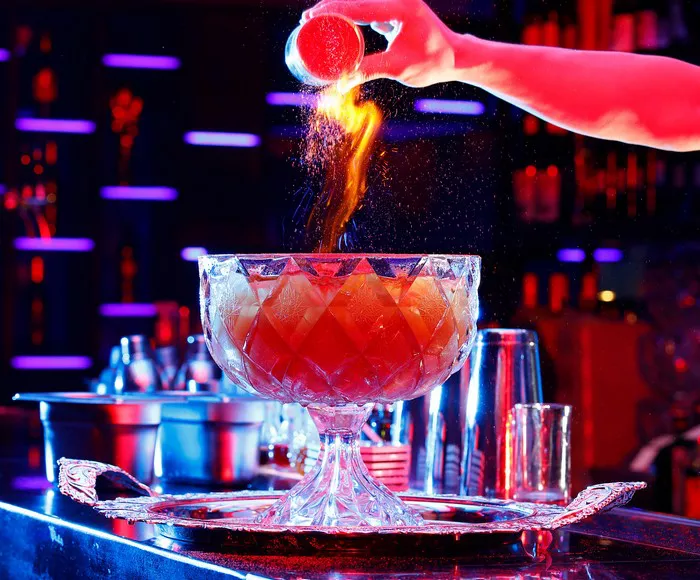When it comes to iconic cocktails, few can rival the reputation and popularity of the Bloody Mary. Its spicy, tangy flavors combined with the richness of tomato juice make it a beloved choice for brunches and gatherings alike. However, in recent years, another contender has emerged on the cocktail scene – the Michelada. While both drinks share some similarities, they also have distinct characteristics that set them apart. In this article, we delve into the intriguing question: Are Micheladas the same as Bloody Marys?
Origin and History
To understand the essence of these two cocktails, it’s crucial to explore their origins. The Bloody Mary has a well-documented history, with its roots tracing back to early 20th-century Paris. Legend has it that the drink was first concocted at Harry’s New York Bar, where a bartender named Fernand Petiot combined vodka with tomato juice and various spices, creating what would eventually become the Bloody Mary.
In contrast, the Michelada has a more elusive origin story, with multiple countries laying claim to its invention. Some sources suggest that it originated in Mexico, where it evolved from a traditional beer cocktail called a “cubana.” Others believe it originated in Cuba or even Nicaragua. Regardless of its exact birthplace, the Michelada typically consists of beer, lime juice, assorted sauces (such as Worcestershire and hot sauce), and spices, served over ice in a salt-rimmed glass.
Despite their differing origins, both cocktails have gained widespread popularity and have become staples in bars and households around the world. However, their ingredients and preparation methods showcase subtle yet significant distinctions.
See Also: Which Martini is the Best?
Ingredients and Flavor Profile
One of the most striking differences between Micheladas and Bloody Marys lies in their ingredients. While both cocktails feature tomato-based elements, their flavor profiles diverge from there. The Bloody Mary relies on vodka as its primary spirit, lending a clean, neutral base to complement the bold flavors of the tomato juice and seasonings.
In contrast, the Michelada incorporates beer as its main component, imparting a refreshing effervescence and subtle bitterness to the mix. The choice of beer can vary, with lagers and light beers being common options, though some variations call for darker, maltier brews. The beer serves as the canvas upon which the other ingredients – lime juice, hot sauce, Worcestershire sauce, and spices – are layered, creating a complex and savory flavor profile.
The use of spices also sets these cocktails apart. While both may include ingredients like black pepper, celery salt, and horseradish, the Michelada often incorporates additional spices such as Tajín or chili powder, adding a distinctive kick of heat and tanginess. These spices complement the beer’s flavors and create a uniquely refreshing experience.
Preparation and Presentation
Another aspect that distinguishes Micheladas from Bloody Marys is their preparation and presentation. The Bloody Mary is typically served in a highball glass filled with ice, garnished with celery stalks, olives, and sometimes even bacon or shrimp. Its thick consistency and bold flavors make it a hearty cocktail, often enjoyed as a meal in itself.
On the other hand, the Michelada is served in a salt-rimmed glass over ice, with a lime wedge as a garnish. Its lighter, more effervescent nature makes it an ideal choice for sipping on a hot day or pairing with spicy foods. The salt rim not only adds a savory element but also enhances the drinker’s experience by providing a contrasting sensation to the beer’s carbonation.
Cultural Significance and Regional Variations
Both the Michelada and the Bloody Mary hold significant cultural importance in their respective regions of origin. The Bloody Mary has become synonymous with brunch culture in the United States, where it is often enjoyed as a hangover cure or a celebratory indulgence. Its versatility has led to countless variations, with some bartenders adding unconventional ingredients like wasabi or pickle juice to elevate the classic recipe.
Similarly, the Michelada has deep roots in Mexican and Latin American culture, where it is cherished as a refreshing beverage to accompany meals or social gatherings. Its popularity has spread globally, with variations emerging in different countries and regions. In Mexico, for example, the Michelada preparada includes additional ingredients such as clamato juice or soy sauce, adding further complexity to the flavor profile.
Conclusion
In conclusion, while Micheladas and Bloody Marys share a common foundation of tomato-based ingredients and savory seasonings, they are distinct cocktails with their own unique characteristics. The Bloody Mary’s use of vodka and thick, hearty consistency make it a robust and comforting choice, ideal for leisurely brunches or late-night revelry. In contrast, the Michelada’s incorporation of beer and lighter, more refreshing flavors make it a versatile option for quenching thirst and complementing spicy cuisine.
So, are Micheladas the same as Bloody Marys? The answer is both yes and no. While they may share some similarities in terms of ingredients and cultural significance, their individual nuances and regional variations set them apart as distinct and beloved cocktails in their own right. Whether you prefer the boldness of a Bloody Mary or the refreshing tang of a Michelada, one thing is certain – both cocktails offer a delightful sensory experience that is sure to tantalize the taste buds and lift the spirits of those who partake. Cheers!


